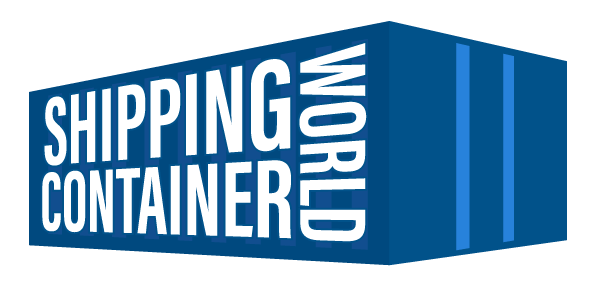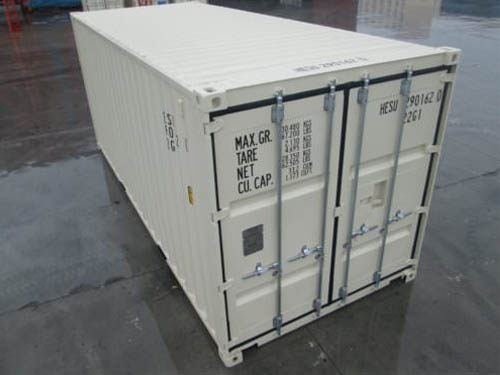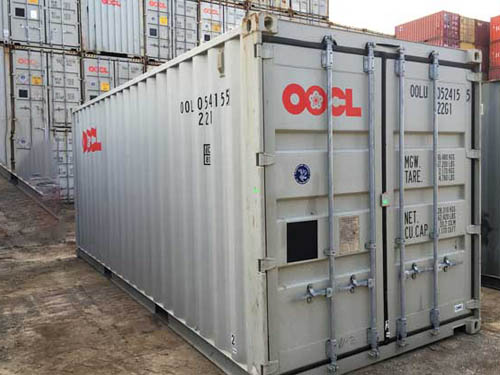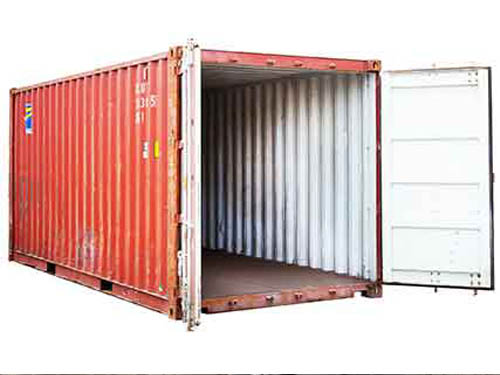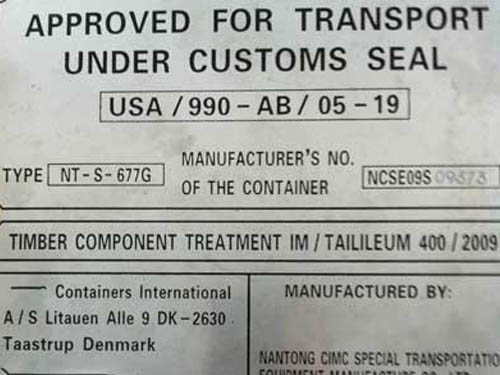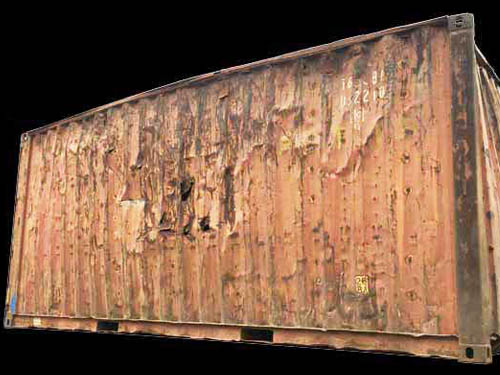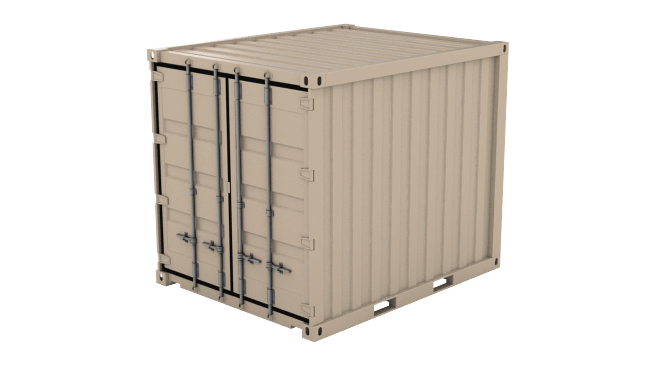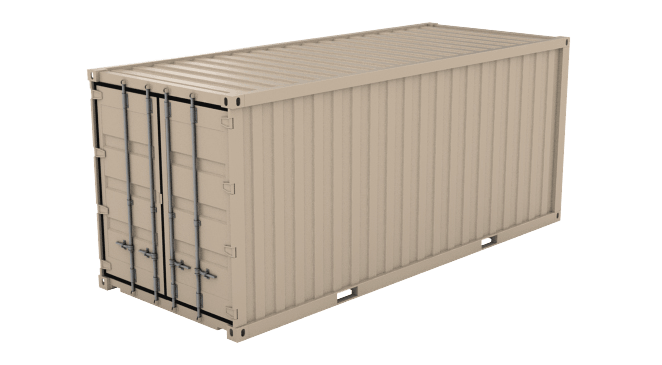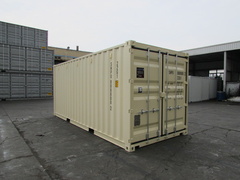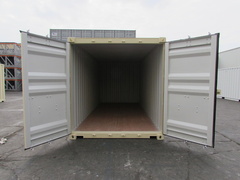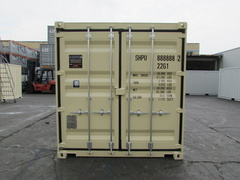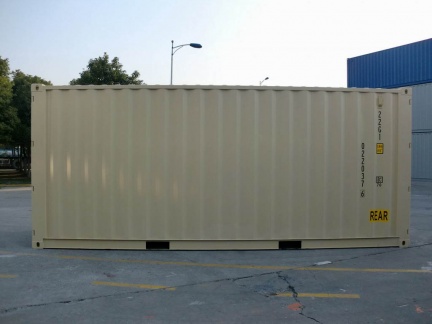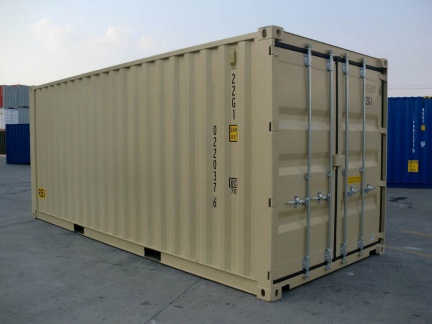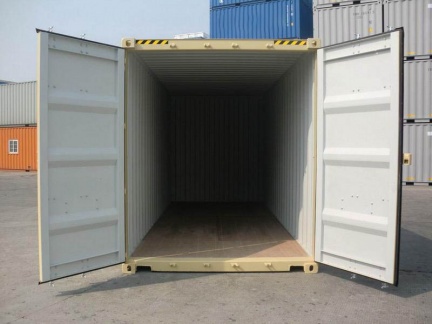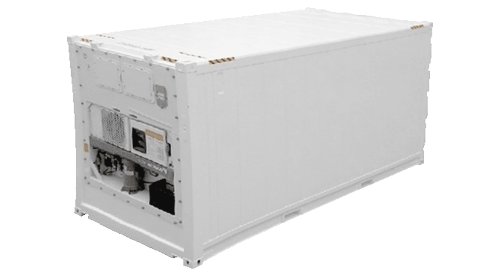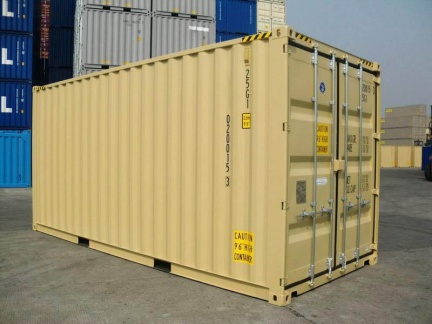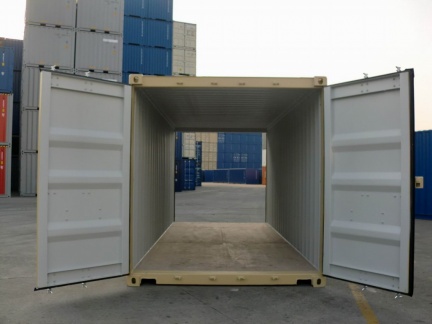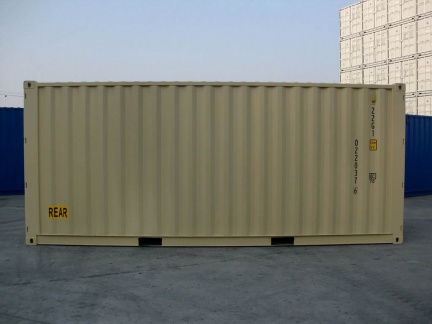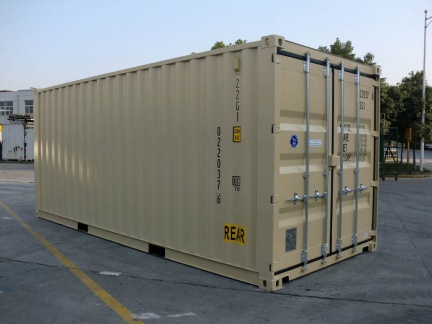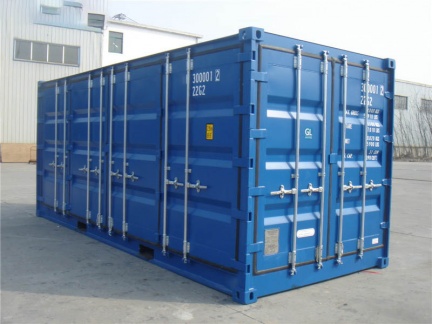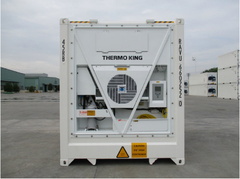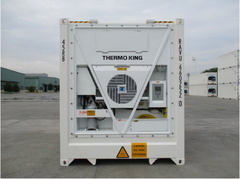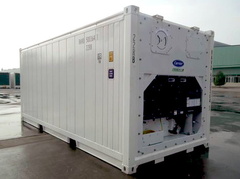Types of Shipping Containers
Durable, versatile, strong, economical and long lasting. These are just some of the traits that make Shipping Containers so attractive for nearly every situation. An ISO Intermodal (Conex) Shipping Container is simply a reinforced steel box, with a multitude of uses.
A Game Changing Marketplace
We built the ShippingContainer.World Marketplace so that you can buy a shipping container at the lowest possible price along with easy delivery. You will find no high pressure salesmen here and you won’t have to wait for silly high-markup quotes either! At ShippingContainer.World you can actually see direct pricing and our shopping cart will instantly calculate your delivery price. We actually built this shopping experience with our customers in mind, including 7 great payment choices. And your purchase is fully insured by our iron clad satisfaction guarantee. So now it’s time to stop haggling with local vendors and high-markup national sellers. Welcome to the game changing ShippingContainer.World Marketplace, where you’re going to love buying a container!
To start, please keep reading our buyer’s guide below, then later take a look at our shipping containers for sale or our rent to own shipping containers.

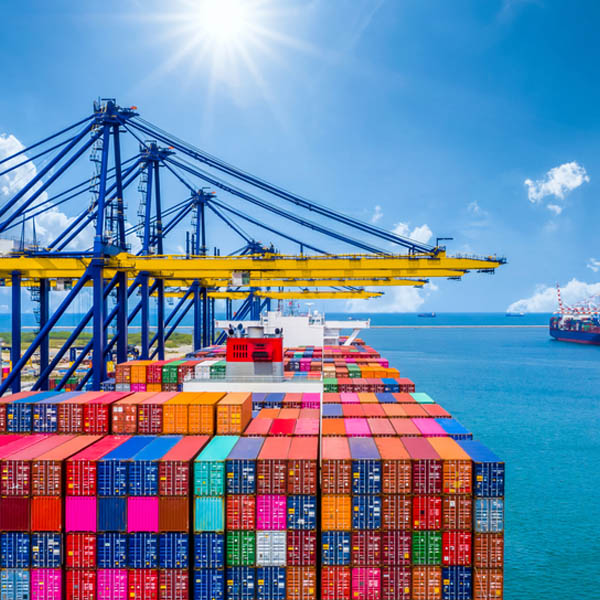
About Shipping Containers
Shipping containers are made from corrugated weathering steel to be strong and weather resistant. They are easily transported, by ship, rail, road or helicopter. They can withstand everything mother nature can throw at them, including earthquakes, hurricanes and tornadoes. Standing alone, they can withstand winds of 110mph or more. With anchoring, they can easily withstand winds of 175mph or more.
Shipping containers are available in many different sizes and types. The most common type is a dry freight container that has a set of cargo doors on one end. These dry storage containers, or “dry vans” represent the majority, with millions in circulation around the globe. The most common of these are the 20′ and 40′ containers. Rounding out the rest are insulated, refrigerated, tanktainers (for liquids) and modified containers.
Shipping Container Uses
Although the primary use of shipping containers is for transoceanic transport (primarily the shipping of goods across the ocean), there are many other aftermarket uses, such as:
Shipping Containers are the perfect solution for on-site residential storage. They offer wind and water-tight storage for your valuables. If you are remodeling, moving or just need more space, a shipping container from ShippingContainer.World is the perfect solution. Purchase a shipping container and use as a permanent storage solution for use at your home. Uses include
- As an addition to the home
- A Ready-to-go workshop
- Additional garage storage
- Seasonal Storage
- As an underground bunker
- Pre/Post Move Storage
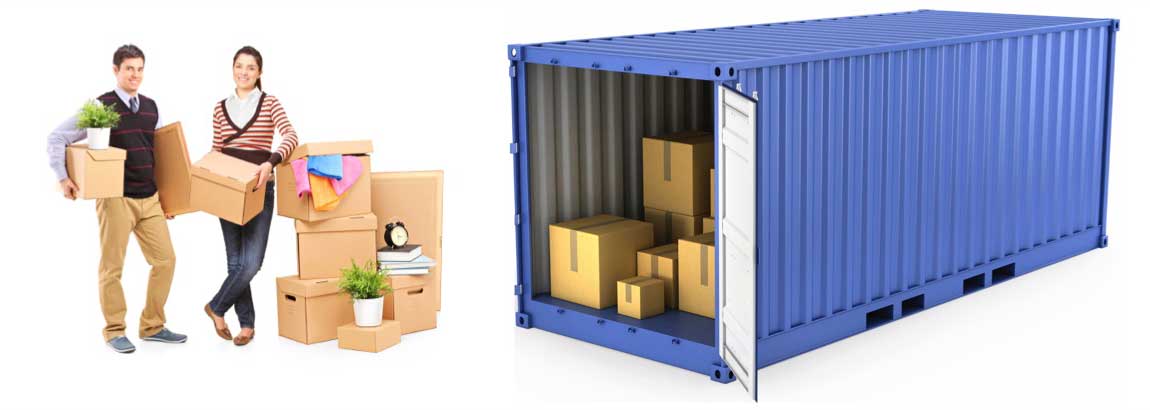
Storage Containers are rugged, and are the perfect solution for industrial storage. Shipping containers offer wind and water-tight storage for your products, raw materials, additional inventory or waste holding. If you are remodeling, moving or just need more space, a shipping container from ShippingContainer.World is the perfect solution. Industrial uses include:
- Excess Inventory Control
- Refuse & Waste Storage
- Workplace Expansion
- Seasonal Storage
- Equipment/Tools Storage
- Secure Storage
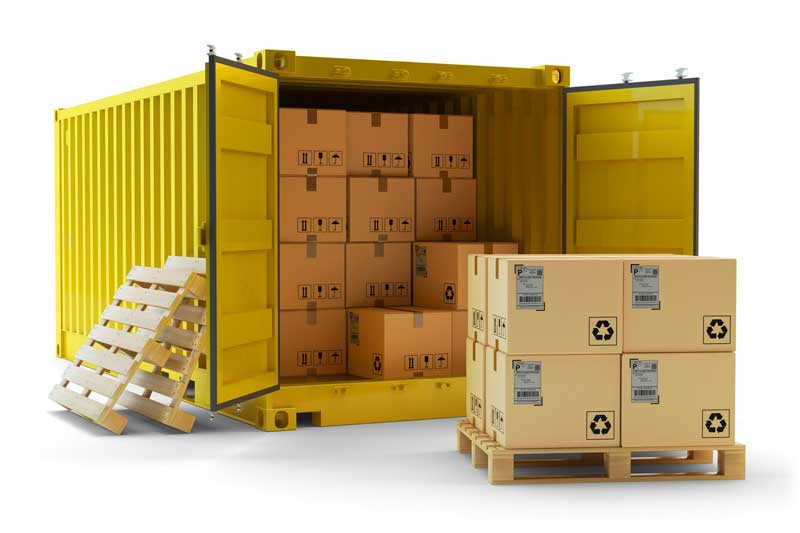
Storage Containers are the perfect solution for commercial and retail outlets in need of extra storage or work space. Our weatherproof secure shipping containers are wind and watertight and are perfect for remodeling, moving or if you need need more space for inventory and seasonal products. Uses include
- Supplies/Equipment
- Seasonal Inventory
- Excess Inventory
- Seasonal Storage
- Showroom Space
- Instant add-on office space
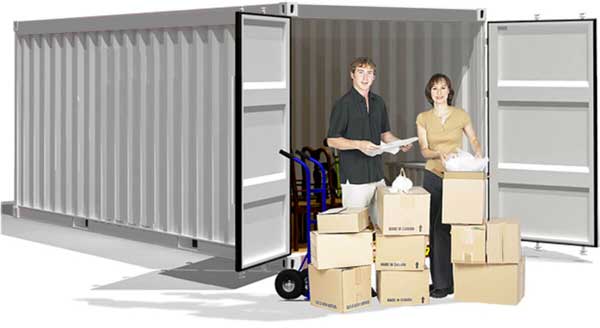
Shipping Containers can be modified to create not only homes and offices, but just about any structure you can imagine. From offshore oil rig safety rooms to hunting cabins. As they are durable, watertight, mobile and affordable, shipping containers are very popular in eco-friendly and urban spaces. To get an idea of the possibilities available when it comes to creating a home from a shipping container, just check out these shipping container homes on our blog. In addition, modified shipping containers can be repurposed into low-cost homeless shelters or emergency housing. Sophisticated buyers can even create luxury homes from repurposed containers!

Shipping Container Grades / Ratings
Sizes & Specifications
Shipping containers are available in many different sizes and configurations:
Capacity
Once you’ve decided on why you need a storage container, you’ll need to give some thought to what size container will be right for your needs. In thinking about size, there are two considerations; the internal volume (in square feet or meters), and the internal max payload weight (in pounds or kilograms). It’s also important that just because the container can fit a certain size payload, it doesn’t mean that that the container can support the weight. So, we’ve taken the time to give some examples — using common shipping container “uses” — to give you a better idea of what size container is right for your needs using the 4 most common sizes for our examples.. And as a general rule, it’s better to purchase a container that might be too big rather than too small. Also keep in mind that these are not weights for shipping, but rather static use. And just to give you an idea of how big a container is, the contents of a typical 3-bedroom house can fit into a 20′ container. Easily!
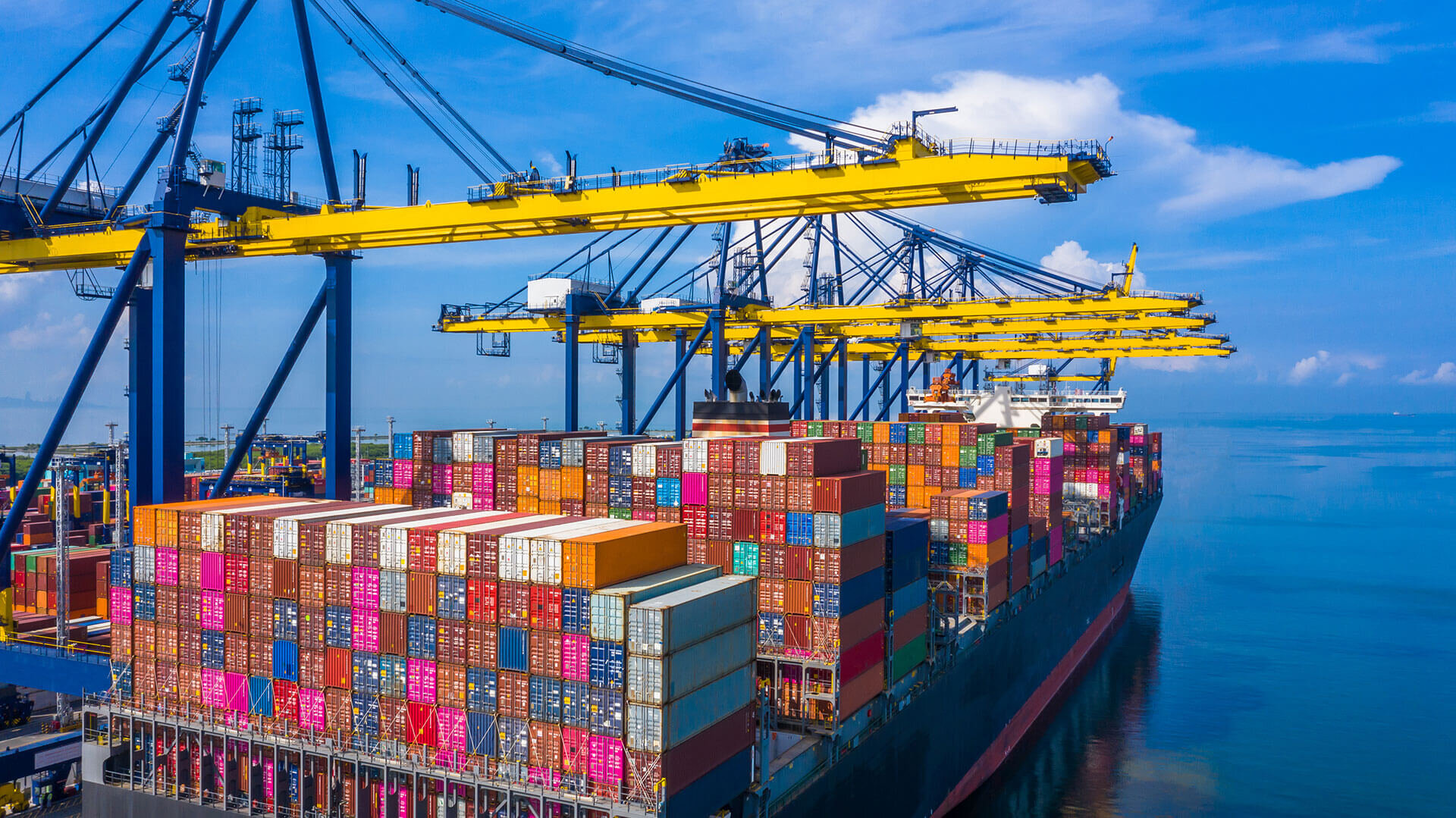
| Maximum Container Capacities | 20′ Container | 40′ Container | 40′ Hi-Cube | 45′ Hi-Cube |
|---|---|---|---|---|
| 94LB Cement Bags USA Standard (1 cu foot/ea) |
1,160 by volume 660 by weight |
2,380 by volume 675 by weight |
2,650 by volume 670 by weight |
3,040 by volume 640 by weight |
| 50KG Cement Bags Worldwide Standard (1.23 cu feet/ea) |
950 by volume 560 by weight |
1,935 by volume 575 by weight |
2,160 by volume 570 by weight |
2,470 by volume 545 by weight |
| House Moving | 2-3 Bedrooms | 3 Bedrooms | 3 Bedrooms+ | 4 Bedrooms |
| Compact Cars | 2 | 4 | 4 | 4 |
Important Acronyms and Organizations
As you search for the perfect Shipping Container to meet your needs, you’ll run across a lot of unusual lingo and terms that might confuse you. Below is a list of the most common terms, acronyms & organizations you might see:
ISO
International Standardization Organization – An International organization based out of Geneva that works towards synchronizing worldwide technical standards, which includes those governing the construction of shipping containers.
BIC
Bureau International des Containers et du Transport Intermodal – An International organization that links all the various players in the shipping container industry.
Shipped
The world’s largest online marketplace for buyers to transact the purchase of shipping containers. The site provides a secure platform for transactions, automated delivery pricing, instant checkout, complete buyer protection and has helped increase the efficiency of the entire industry.
NPSA
Is an American based association for the portable storage industry. They are the leading trade association for companies offering secure, portable storage containers, portable or mobile storage trailers, portable or mobile offices, portable or mobile storage units and the industry around it.
CSC
Convention for Safe Containers – Established by the International Maritime Organization (IMO) in 1972 to set 2 goals. The first is to maintain a high level of safety for human life in the transport and handling of containers by providing generally acceptable test procedures and related strength requirements of shipping containers. The second goal s to facilitate the international transport of containers by providing uniform international safety regulations, equally applicable to all modes of surface transport. In this way, proliferation of divergent national safety regulations can be avoided.
ICL
Institute of International Container Lessors – An organization that represents over 90% of container and chassis leasing companies around the world. The IICL sets leasing and repair standards for its members and is generally considered to have the strictest criteria when it comes to leasing, upkeep and repairs. If your container was previously leased, there’s a high probability it was part of the IICL.
BIC-Codes (Ownership Codes)
Like cars, guns, boats, electronics and other important items, shipping containers have a serial number. The ISO 6346 Code (also known as the BIC-Code) is basically a unique serial number for every shipping container. It consists of four characters long ending in either U, J or Z, followed by six numbers and a check digit. It is the standard that’s used when a container is used for containerized intermodal freight transport and guarantees that the container is unique. It identifies the owner or principal operator of the container and once entered into the BIC international database permits the tracking of dimensions, type, year of putting into operation, date of control, maintenance records, etc.


A Little History
The modern, standardized steel container known today as a Shipping Container is actually a recent invention, in historical terms. The military was experimenting with prototypes during World War 2. But it wasn’t until the mid 50’s that the Shipping Container as we know it began to make it’s stamp on the world’s economy. And what a stamp indeed! Malcolm McLean, An ambitious truck-company owner with little experience when it came to shipping, was looking for a way to move goods up and down the East Coast’s traffic-choked highways faster and more cheaply. He had the idea to ship his trucks directly up the Eastern Seaboard on ships, rather than driving them up. He went through different permutations before finally settling on a container design custom-built for his company, Pan-Atlantic. It proved to be an extremely efficient way to transport goods.
A brief history of the shipping container industry.
Our goal has always been to build a transparent marketplace that streamlines and improves the entire shipping container industry. Before ShippingContainer.World arrived, the container industry was antiquated, inefficient and down-right cumbersome for consumers! To do price comparison shopping, buyers had to manually request quotes from as many sellers as they could find. Quotes were painstakingly sent via email, fax and/or phone calls. Buyers ended up spending hours, even days just to figure what the “market price” was for containers. In addition to all the wasted time, buyers had to deal with sellers they had never done business with, potentially exposing themselves to fraud. In short, the industry had big problems along with no safety net, no way to guarantee a successful transaction. So on that note we started creating something great, a totally new and completely different buying experience. We now present to you, the ShippingContainer.World Marketplace, where buying a container is faster, easier, more secure and less expensive than ever before. Thanks for making ShippingContainer.World, the #1 marketplace for buying shipping containers worldwide. We sincerely hope that you love your experience here!

